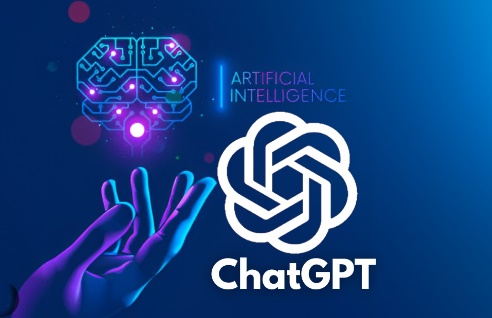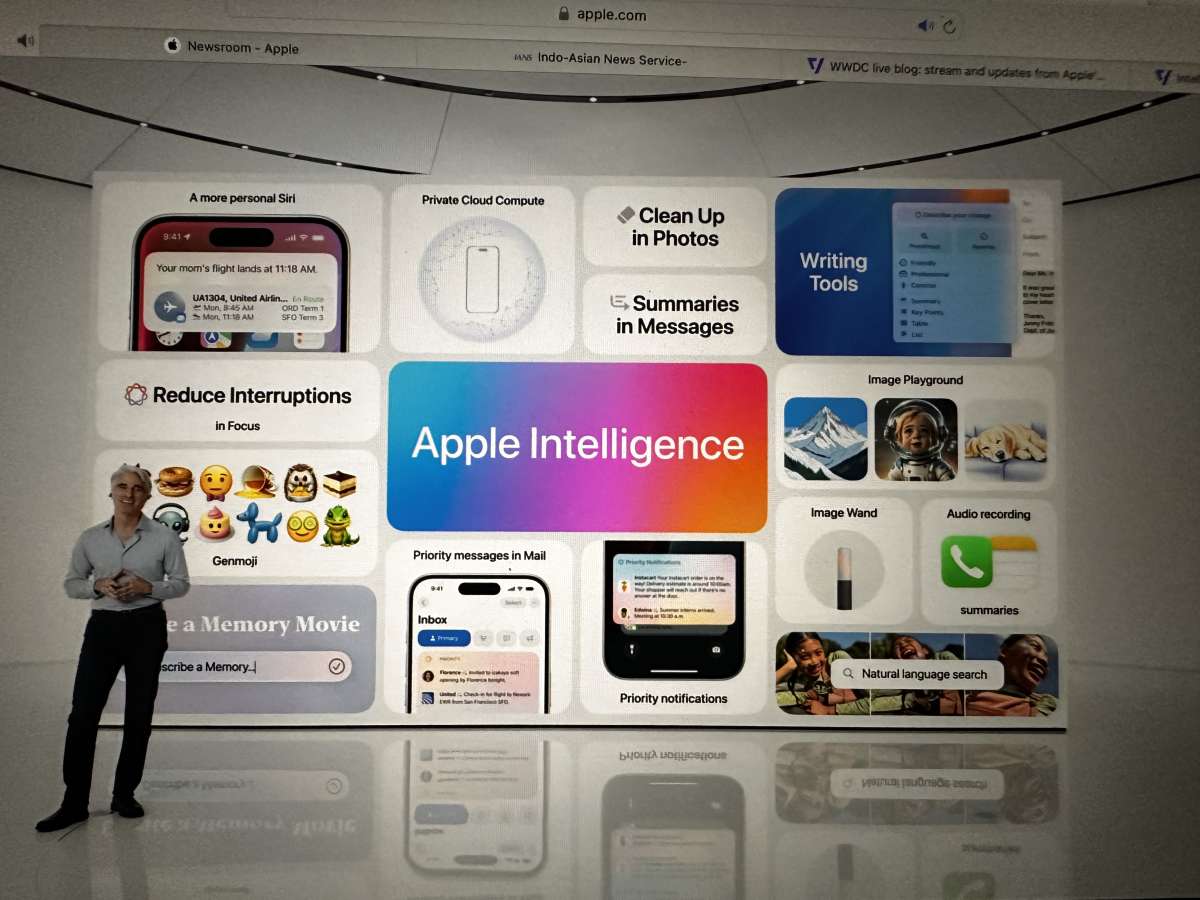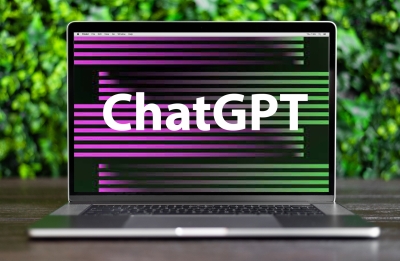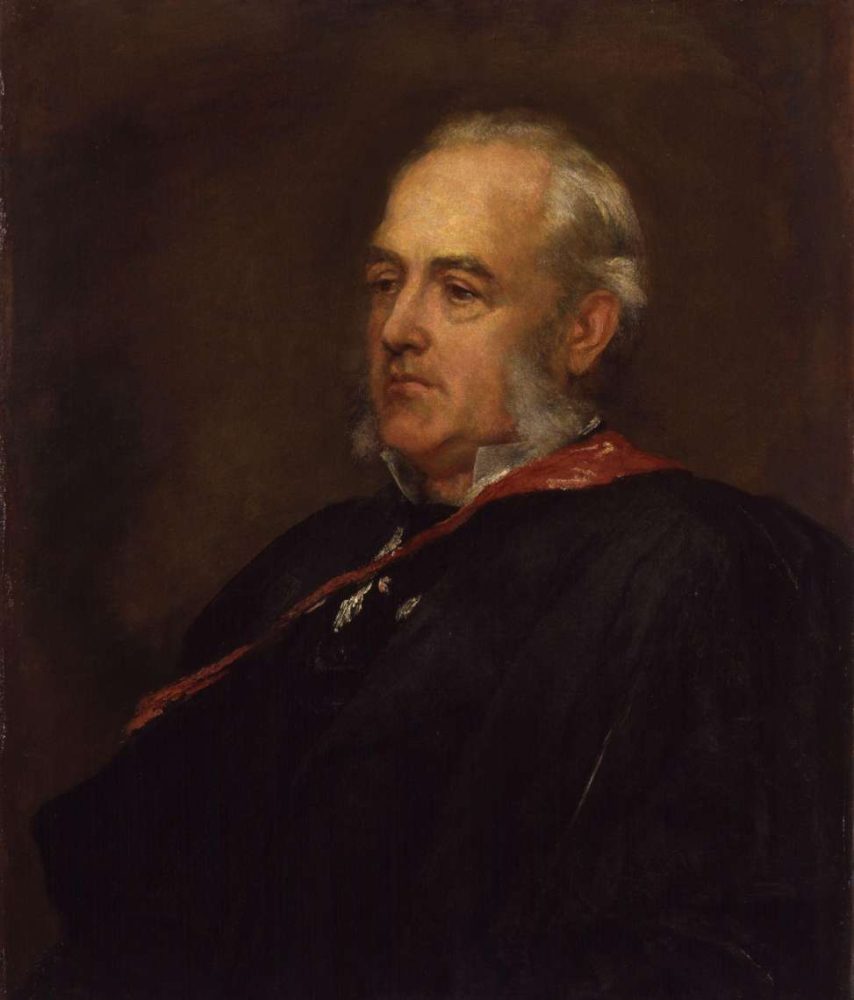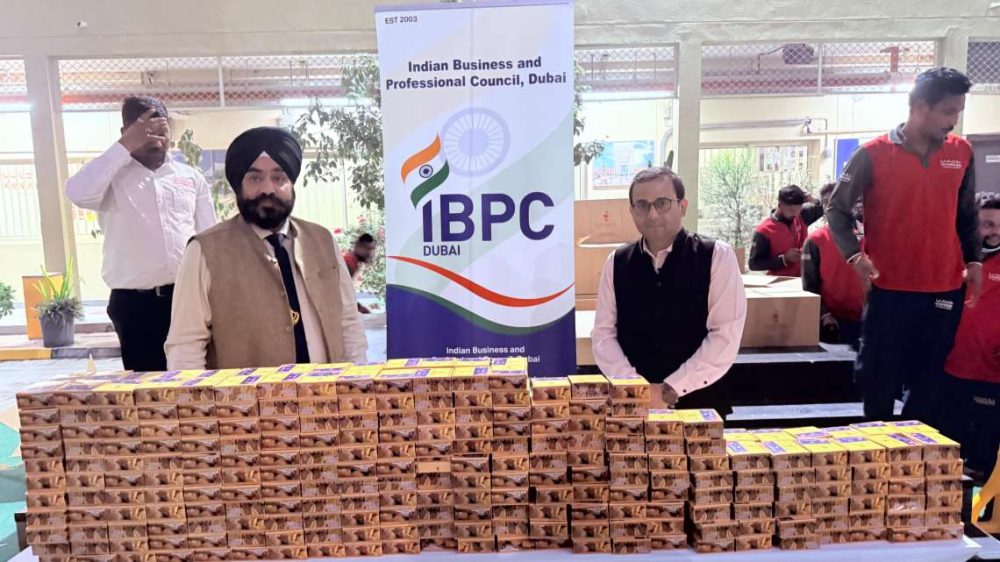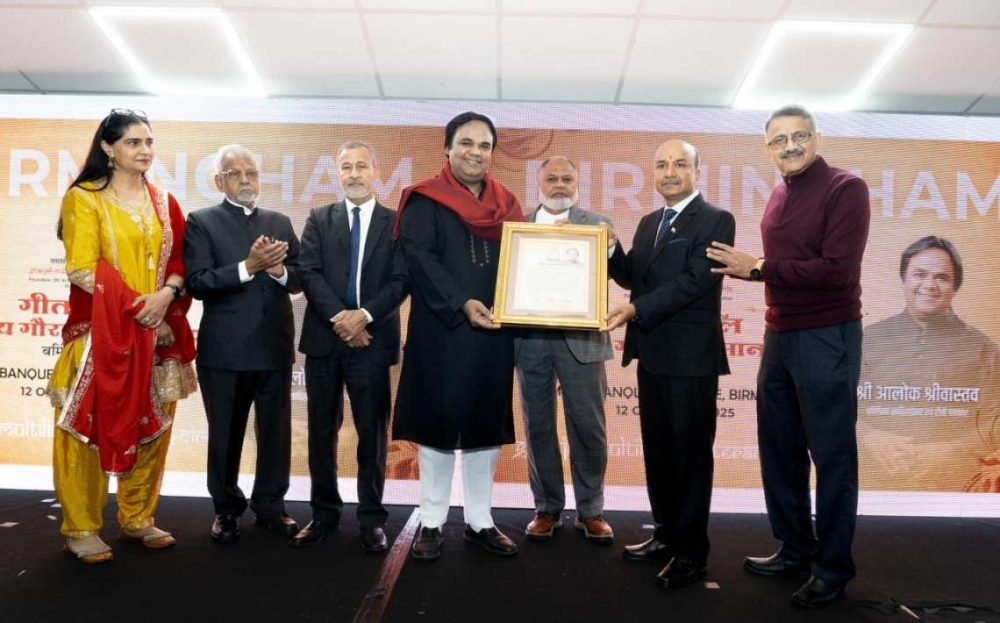ChatGPT’s success in evaluating brownies suggests a broader potential for AI in the food industry, offering an innovative, efficient, and cost-effective alternative to traditional sensory panels
ChatGPT, the AI language model developed by OpenAI, is proving to be a valuable tool in the sensory evaluation of foods, specifically brownies, according to a recent study. The research, conducted by scientists at the University of Illinois Urbana-Champaign, suggests that AI can assist in streamlining the development of new products and even enhance existing recipes.
The study explored 15 different brownie recipes, ranging from traditional mixes to more unconventional ingredients, such as mealworm powder and fish oil. Damir Torrico, an assistant professor in the Department of Food Science and Human Nutrition, led the research. He provided ChatGPT with various brownie recipe formulas and tasked it with describing the sensory characteristics of each, including taste, texture, and overall enjoyment.
Torrico then analyzed ChatGPT’s responses by categorizing them as positive, negative, or neutral. “Sometimes, relying on human testers can slow down the process, especially when multiple product prototypes need to be evaluated simultaneously,” Torrico explained in the study, which was published in the journal Foods. “Sensory panels require time and careful coordination, and in some cases, certain ingredients may not be food-grade, making them unsuitable for tasting.”
This is where large language models like ChatGPT could offer a solution. By mimicking human sensory evaluation, ChatGPT can replicate the types of responses typically seen from human tasters, providing valuable insights that could speed up the product development process.
Surprisingly, ChatGPT’s evaluations were overwhelmingly positive, even for brownies containing unusual or unconventional ingredients. Torrico attributes this to the psychological phenomenon known as “hedonic asymmetry,” where individuals (and in this case, AI) tend to describe things that are beneficial to them in a more favorable light.
“Hedonic asymmetry refers to the tendency of people to view food, which provides nourishment and energy, in a positive way,” Torrico said. “In a similar fashion, it seems that ChatGPT tends to look for the positive aspects of the brownies it evaluates.”
This optimistic tendency by the AI can be beneficial in quickly identifying which products might be worth further testing, and which ones may need to be reconsidered before undergoing extensive human evaluation.
“Using AI can give general insights into which products are worth testing further and which should be filtered out before going through the longer, more time-consuming sensory evaluation process,” Torrico explained. He believes that ChatGPT could play an essential role in helping the food industry refine recipes and accelerate the product development pipeline.
Looking forward, Torrico plans to refine his experiment by training ChatGPT with a more specialized vocabulary to align its responses with those of a human sensory panel. This adjustment would allow for more precise and accurate evaluations, making AI even more useful in the food development process.
In summary, ChatGPT’s success in evaluating brownies suggests a broader potential for AI in the food industry, offering an innovative, efficient, and cost-effective alternative to traditional sensory panels. The future may see more AI-driven solutions in product development, ultimately leading to faster and more efficient creation of new and improved food products.


